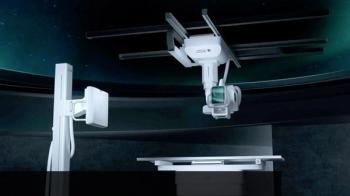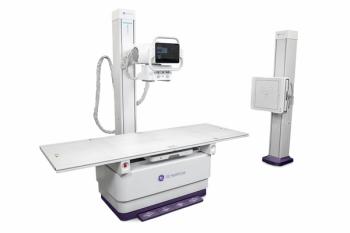
Two New Radiographic Signs to Indicate Gastric Band Slippage
Two more radiographic signs for gastric band slippage have been identified.
Two previously unreported radiographic signs of gastric band slippage are evident on upright frontal scout radiographs, according to an article published in the
Researchers from the Alpert Medical School of Brown University in Providence, RI, and Mercy St. Vincent Medical Center in Toledo, Ohio conducted a retrospective study to compare the diagnostic performance of four radiographic signs of gastric band slippage: two previously reported findings (abnormal vertical or horizontal orientation relative to the midsagittal plane through thoracic spine, the abnormal phi angle, and visualization of the band’s central lumen, the “O” sign) and two newer findings (inferior displacement of the superolateral gastric band margin from the diaphragm by more than 2.4 cm, and the presence of an air-fluid level above the gastric band on an upright frontal radiograph obtained before barium ingestion).
Twenty-one patients (19 women) with surgically proven slipped gastric band and 63 randomly selected asymptomatic patients (53 women) with gastric band who had undergone barium swallow studies were selected for the study.
The results for positive slippage were:
“Our data suggest that our two new signs-inferior displacement of the superolateral band margin by more than 2.4 cm from the diaphragm and the presence of an air-fluid level above the band on a frontal radiograph-are more sensitive and specific for gastric band slippage than the previously described signs,” the authors wrote. “We propose that familiarity with these imaging signs of gastric band slippage will aid radiologists in diagnosing affected bariatric patients who have this important complication.”
Newsletter
Stay at the forefront of radiology with the Diagnostic Imaging newsletter, delivering the latest news, clinical insights, and imaging advancements for today’s radiologists.




























